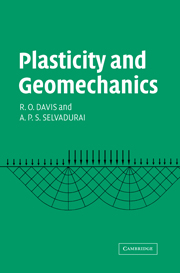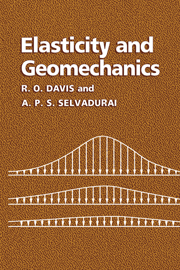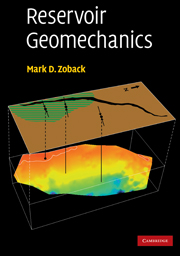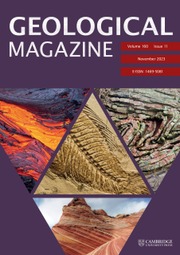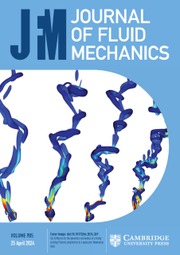Plasticity and Geomechanics
Plasticity theory is widely used to describe the behaviour of soil and rock in many engineering situations. Plasticity and Geomechanics presents a concise introduction to the general subject of plasticity with a particular emphasis on applications in geomechanics. Derived from the authors' own lecture notes, this book is written with students firmly in mind. Excessive use of mathematical methods is avoided in the main body of the text and, where possible, physical interpretations are given for important concepts. In this way the authors present a clear introduction to the complex ideas and concepts of plasticity as well as demonstrating how this developing subject is of critical importance to geomechanics and geotechnical engineering. This book therefore complements Elasticity and Geomechanics by the same authors and will appeal to graduate students and researchers in the fields of soil mechanics, foundation engineering, and geomechanics.
- Provides a particularly clear description of the basic concepts of plasticity theory at a level suitable for graduate students
- Fills the gap between introductory texts on classical plasticity theory developed primarily for metals and the more advanced works on mechanics of geomaterials
- Includes examples of practical applications and uses numerous clear line drawings to introduce and interpret difficult ideas and concepts
Reviews & endorsements
"This book will be very beneficial to students who wish to go beyond Mohr-Coulomb criteria and delve into plasticity to understand the behavior of geomaterials at more fundamental levels.... Highly recommended." Choice
Product details
August 2005Paperback
9780521018098
300 pages
235 × 157 × 18 mm
0.625kg
179 b/w illus.
Available
Table of Contents
- Preface
- 1. Stress and strain
- 2. Elastic and inelastic material behaviour
- 3. Yield
- 4. Plastic flow
- 5. Collapse load theorems
- 6. Slip line analysis
- 7. Work hardening behaviour
- A. Non-Cartesian coordinate systems
- B. Mohr's circles
- C. Principles of virtual work
- D. Extremum principles
- E. Drucker's stability postulate
- F. The associated flow rule
- G. A uniqueness theorem for elastic-plastic deformation
- H. Theorems of limit analysis
- I. Limit analysis and limiting equilibrium.

